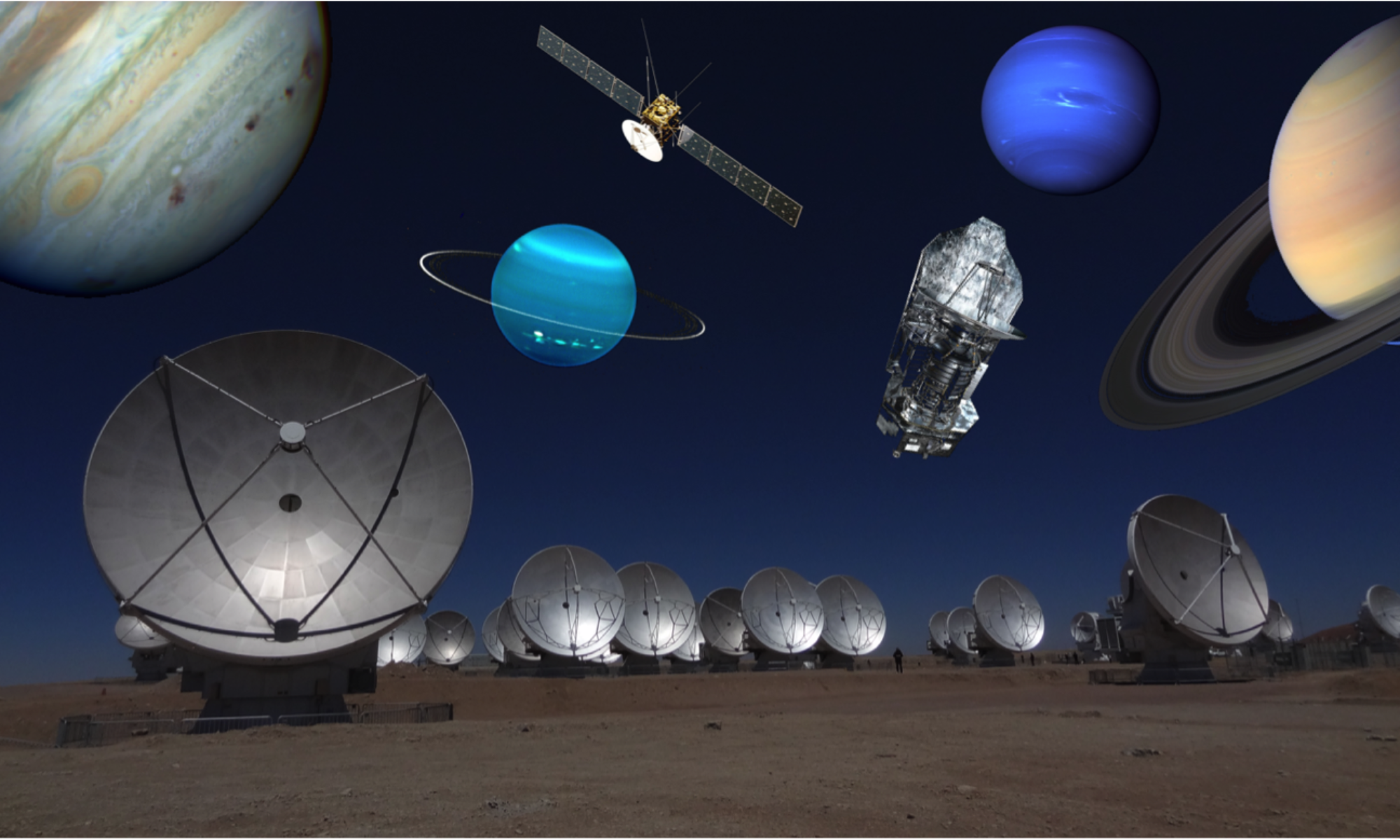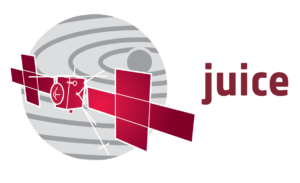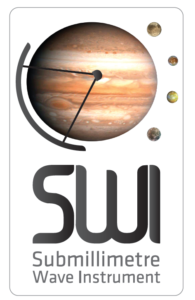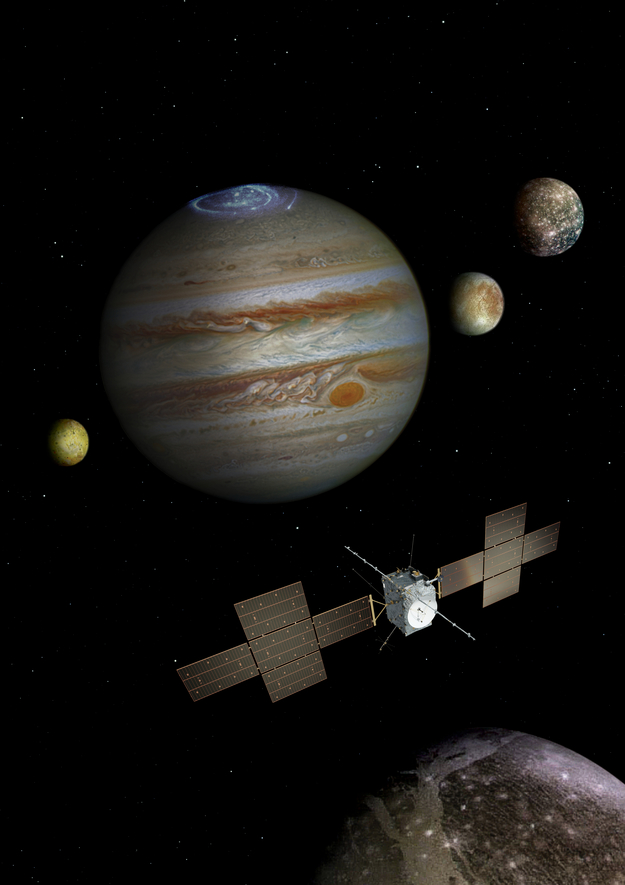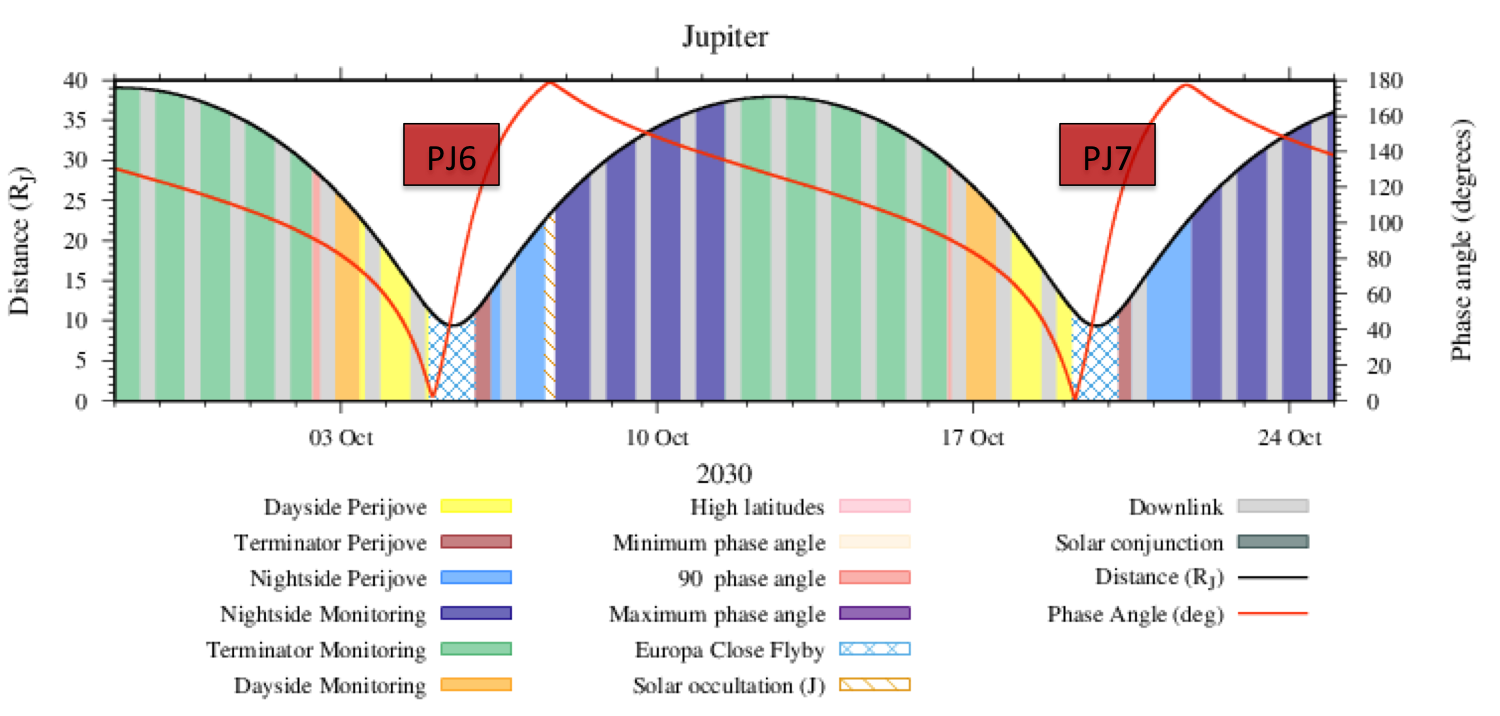From 2005 until 2016, I have given lectures in astronomy and tutored observation nights (8 per year, in the winter) at the Bordeaux Observatory for the Université du Temps Libre d’Aquitaine (UTL). I was even responsible for the overall organization from 2011 to 2016.
List of lectures: The search for water on Mars, Water in the Solar System, Exoplanets, Radio observations of planets, Planetary atmospheres, Saturn’s Great Storm of 2010-2011, The exploration of Pluto, the Antikythera Mechanism, the JUICE mission, Observing as a professional astronomer, Space exploration
Information on the current UTL astronomy courses can be found here.
